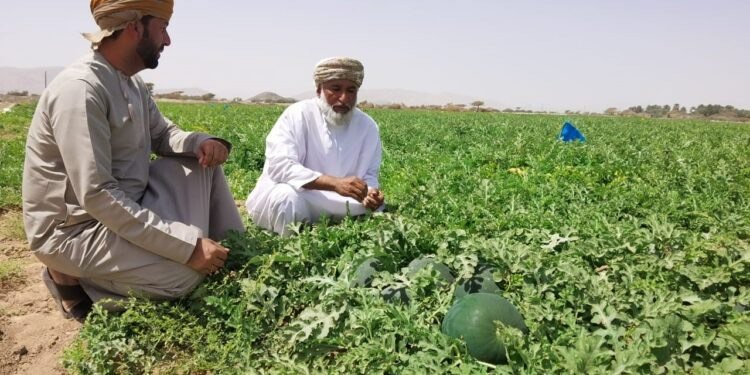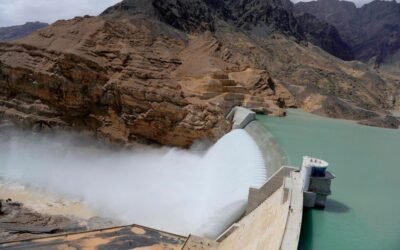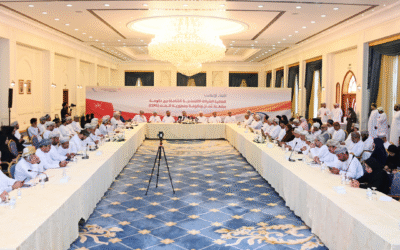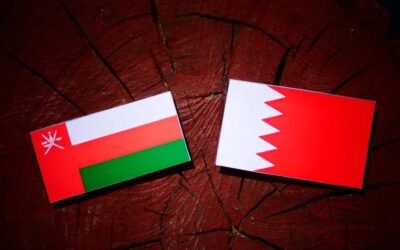The Importance of Agriculture in Oman: A Path to Sustainability and Self-Sufficiency
Agriculture plays a vital role in the Sultanate of Oman, serving as one of the most significant productive sectors in the country. With a growing focus on food security, sustainability, and economic resilience, various agricultural projects have been initiated to foster growth and innovation within the sector. This article explores the current landscape of agriculture in Oman, the challenges it faces, and the initiatives that are paving the way toward a sustainable future.
The Current State of Agriculture in Oman
Economic Significance
The agricultural sector in Oman is not only crucial for food production but also for the economy, contributing significantly to the gross domestic product (GDP). As of 2024, the agricultural market is estimated to be worth approximately USD 2.24 billion, with projections indicating growth to USD 3.01 billion by 2029. This growth reflects a compound annual growth rate (CAGR) of 6.16%, driven by advancements in agricultural technology and supportive government policies.
Crop Diversity
Oman’s agricultural landscape is characterized by a diverse range of crops, including dates, fruits, and vegetables. While traditional crops like dates remain dominant, there is a growing interest in cultivating other high-value crops such as grapes and coconuts. The government is emphasizing the need for local production of these crops to reduce dependency on imports.
Key Agricultural Projects in Oman
Integrated Agricultural Initiatives
The Omani government has launched various integrated agricultural projects aimed at modernizing farming practices and enhancing productivity. Key areas of focus include:
- Integrated Pest Management: To combat the threat of pests and diseases that can devastate crops, integrated pest management practices are being implemented. This approach combines biological, cultural, and chemical methods to minimize crop loss.
- Modern Production Systems: The introduction of new technologies and practices is crucial for improving yield and efficiency. These systems aim to optimize resource use and reduce environmental impact.
- Post-Harvest Processing: Enhancing post-harvest processing capabilities is essential for minimizing waste and maximizing the value of agricultural produce. This includes better storage facilities and processing techniques.
Fruit Nurseries: Catalysts for Growth
Fruit nurseries play a dual role in Oman’s agricultural sector, serving as both catalysts for production and potential sources of disease. The government has established modern nurseries designed to produce high-quality seedlings that are essential for sustainable agriculture. Legislative frameworks, such as the Agriculture System and the Plant Variety Protection Law, emphasize the importance of local seedling production to mitigate the risk of introducing serious agricultural diseases.
Focus on Specific Crops: Grapes and Coconuts
Grapes
The grape cultivation initiative targets the enhancement of both the quantity and quality of grape production across various governorates. Farmers are being trained in modern agricultural techniques to improve their yield and marketability. This project is vital for increasing local grape production, which currently lags significantly behind demand.
Coconuts
The project aimed at improving coconut cultivation in Dhofar is crucial due to its economic and tourism significance. This initiative focuses on combating pests through biological control methods, which not only enhances crop quality but also protects the environment by reducing reliance on chemical pesticides.
Addressing Food Security Challenges
Despite the ongoing efforts, Oman still faces significant challenges in achieving food security. The gap between local production and imports is substantial, particularly for certain crops like grapes, where local production is far outweighed by imports. For example, Oman imports over 15,000 tons of grapes annually, while local production is only about 672 tons, resulting in a self-sufficiency rate of just 4.2%.
Strategies for Improvement
To address these challenges, it is essential to:
- Increase Awareness: Educating farmers about effective agricultural practices is crucial for bridging the food gap.
- Invest in Technology: Adopting advanced farming techniques can significantly improve productivity and sustainability.
- Enhance Infrastructure: Investments in irrigation systems and storage facilities can help reduce waste and improve efficiency.
Government Initiatives and Investments
The Omani government has committed to several initiatives aimed at promoting private sector involvement in agriculture. By investing in land and forming partnerships with private entities, the government aims to enhance vegetable and fish production and improve self-sufficiency rates.
Investment in Irrigation and Infrastructure
Projects such as the establishment of irrigation networks in collaboration with farmers are designed to improve water efficiency and create job opportunities, thereby supporting local economies. The government aims to provide irrigation water to 24 agricultural units in key regions, with a focus on modern, sustainable practices.
The Future of Agriculture in Oman
The future of agriculture in Oman looks promising, with the potential for significant growth and self-sufficiency. To achieve these goals, the country must continue to invest in innovative projects, support farmers with training and resources, and embrace technological advancements.
Conclusion
Oman’s agricultural sector is at a critical juncture, poised for growth and self-sufficiency. Through innovative projects, government support, and a focus on sustainability, Oman can enhance its agricultural productivity and food security. The path forward lies in empowering farmers with knowledge, resources, and technology, ensuring that agriculture remains a cornerstone of the Sultanate’s economic and social prosperity.
By prioritizing agricultural development, Oman can turn its challenges into opportunities, securing a sustainable future for its farmers and citizens.




